Mistakes Everyone Makes When Planning A Tiny Home & How To Avoid Them
04:37Tiny homes are a unique alternative home style that offer a more minimalistic life and a chance to live more sustainably, but while the idea of downsizing may be appealing, the process of building a tiny home isn’t without its pitfalls. From design oversights to budget miscalculations, there are several common mistakes that can turn your tiny home dream into a nightmare. In this article, we’ll explore some of the most common mistakes made when building a tiny home and provide practical tips on how to avoid them.
1. Forgetting Local Zoning Laws and Building Codes
It’s easy to get caught up in the excitement and planning of a tiny home, leading to many people neglecting to research local zoning laws and building codes. Tiny homes often fall into a gray area in terms of regulations, but still, failing to comply with local regulations can result in fines or even the need to relocate your home. Before you begin construction, contact your local planning department to understand the specific requirements for tiny homes in your area. This may include restrictions on size, location, and utilities. Additionally, consider whether you want your tiny home to be on wheels or a permanent foundation, as this can affect the regulations that apply. In short, do your homework.
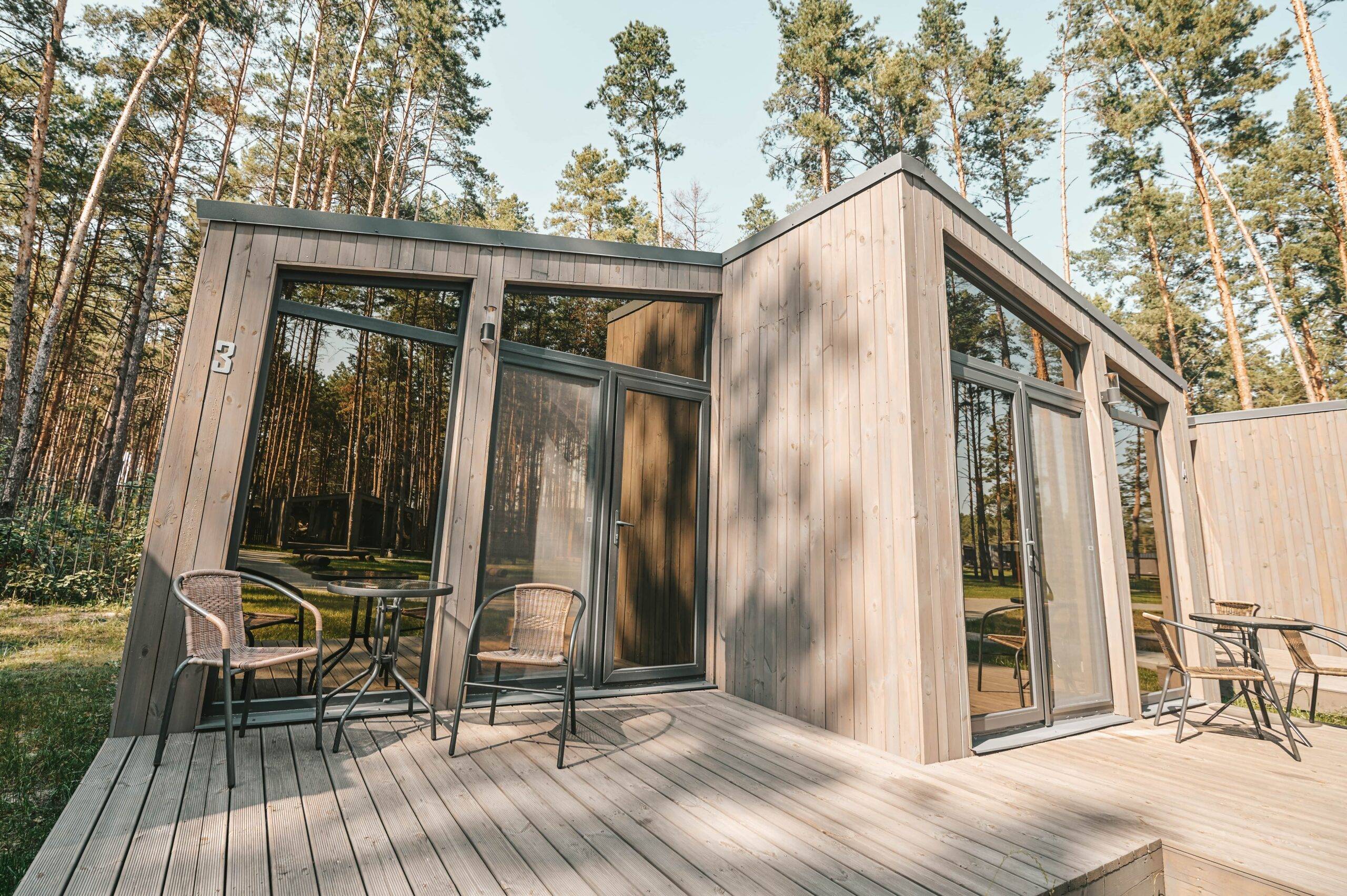
2. Underestimating Utility Complexities
Similarly, connecting utilities in a tiny home can be more complicated than anticipated. Many builders overlook the challenges of integrating water, electricity, and sewage systems into a small space. Minimizing that importance can lead to, at best, inadequate systems or, at works, costly retrofits. Make sure to plan your utility connections early in the design process. Consider how you hope to access water and electricity, and whether you will be connected to municipal systems or off-grid. Consult with professionals to ensure that your utility systems are efficient and compliant with local regulations. Proper planning goes a long way with a tiny home.
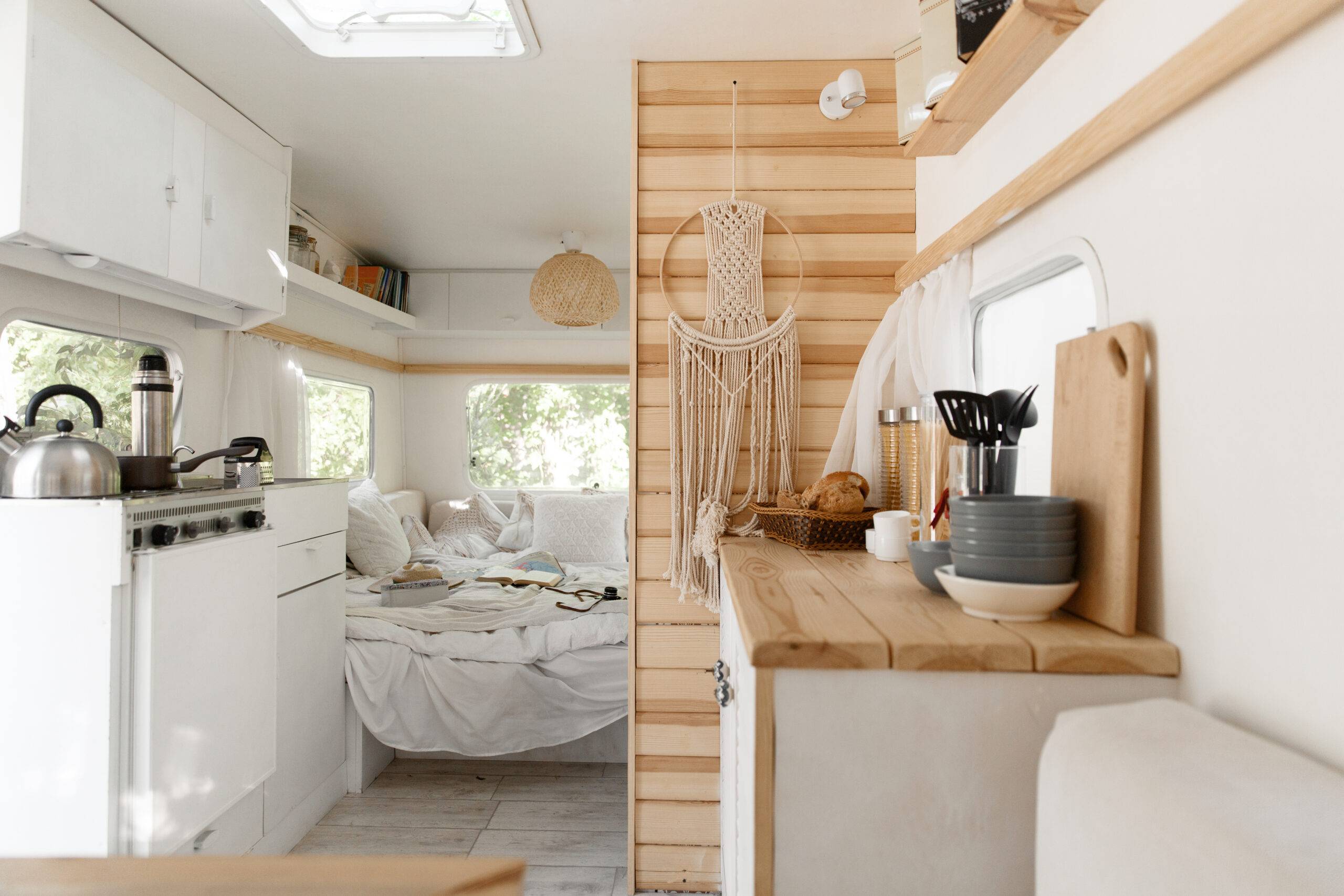
3. Skimping on Quality
In an effort to save money, some tiny home builders opt for cheaper materials and cut corners on craftsmanship. This may reduce upfront costs, but it can lead to long-term problems such as structural issues, poor insulation, and increased need for regular maintenance. All those costs build up to be more expensive than it would have been to get the right materials from the get-go. Make sure to prioritize quality over cost when selecting materials. Invest in durable, sustainable materials that will withstand the test of time. Additionally, choose skilled craftsmen who have experience with tiny home construction. A well-built tiny home will not only be more comfortable and energy-efficient, but also retain its value over time.
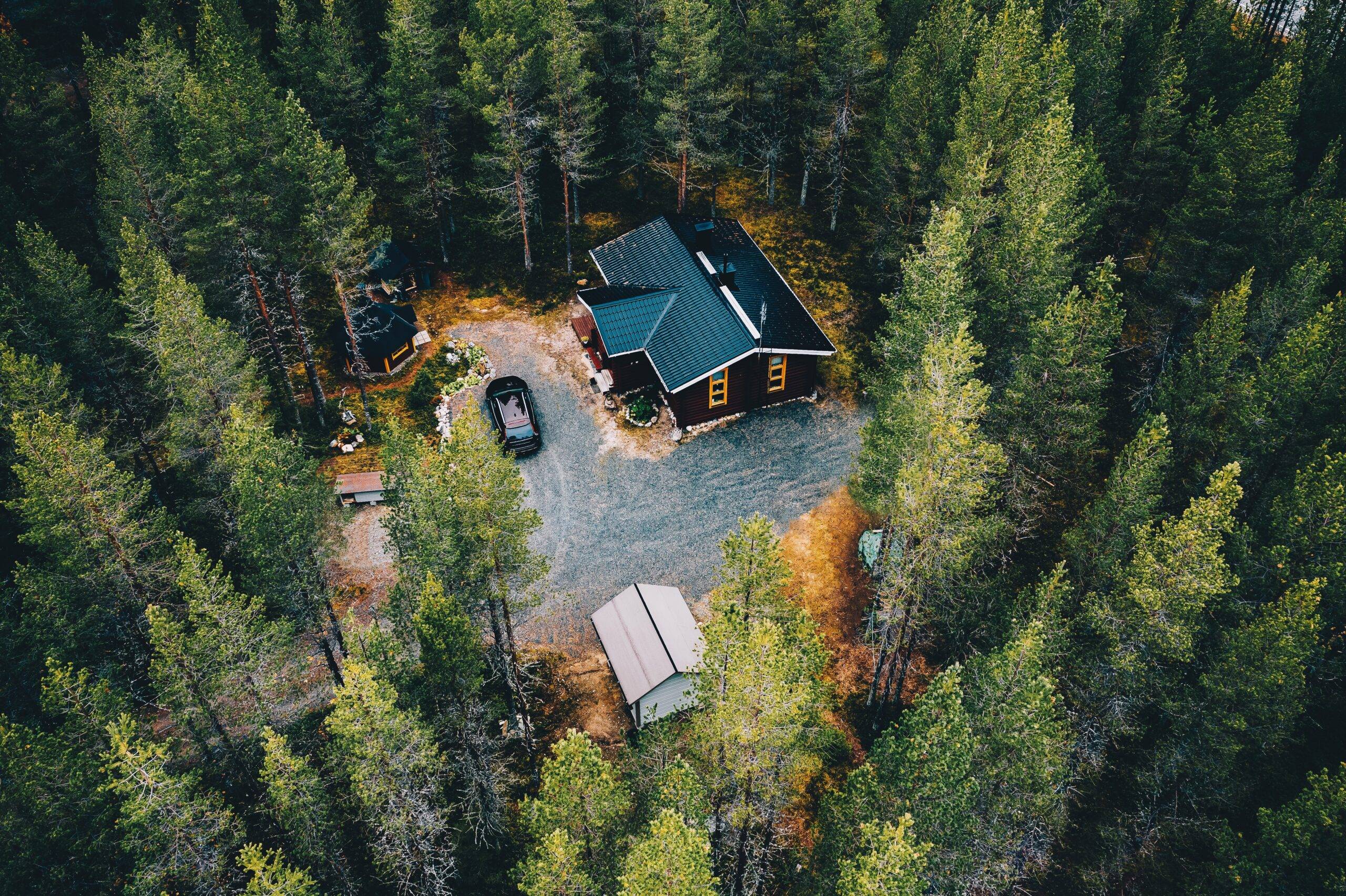
4. Forcing Unnecessary Features
You want your tiny home to feel like a luxury, of course, but this makes it easy to pack too many features into your small space. This can lead to a cluttered, cramped environment that detracts from the minimalist lifestyle you may be seeking. Try to focus on simplicity and functionality first. Prioritize features that are essential to your daily life and eliminate those that are not. Less is more when it comes to tiny home living, after all. Once the necessary functions are done, see what else you have comfortable space for and then pick some of those fancy features you were hoping for to fit.
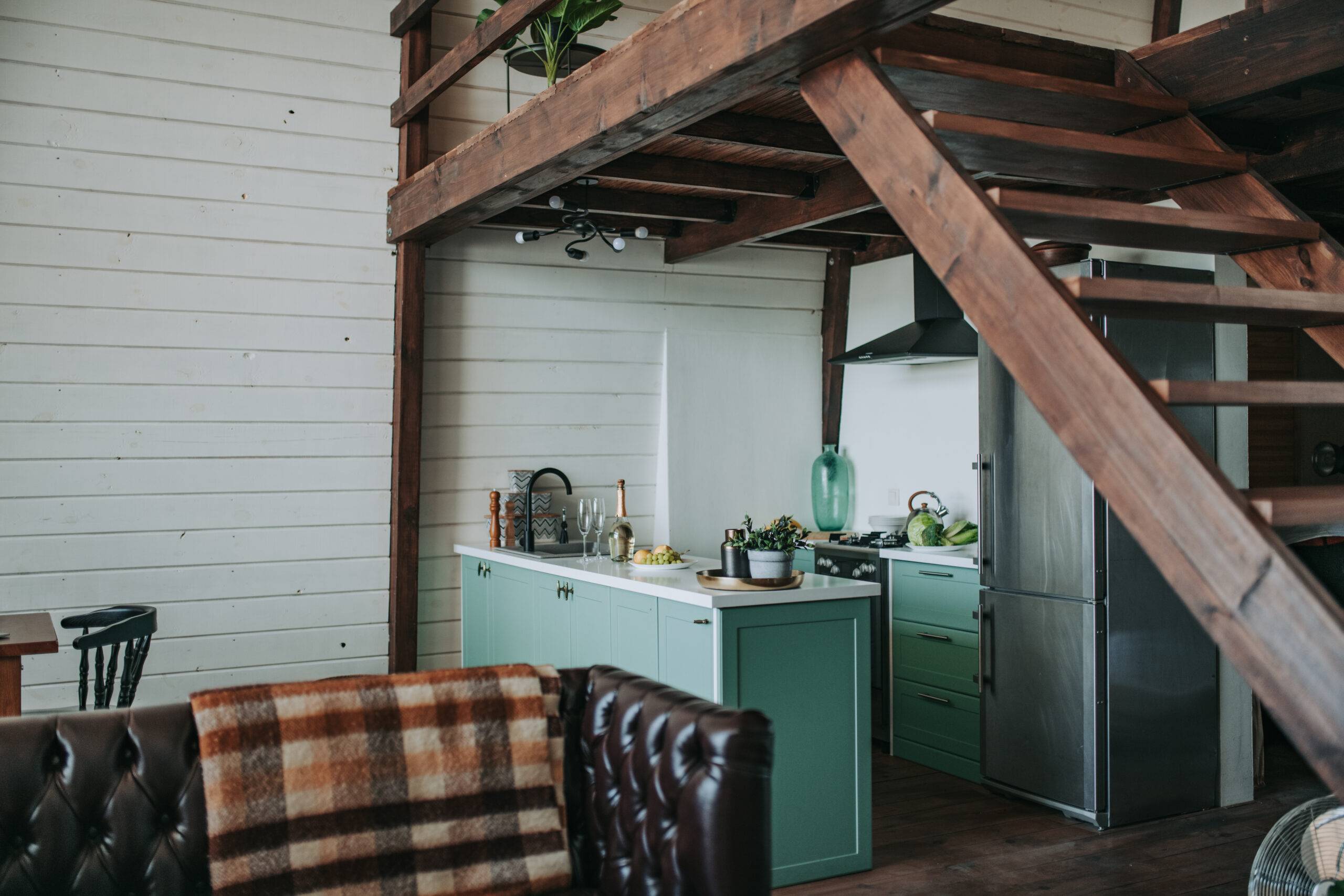
5. Not Considering Future Needs Growth
Many tiny home builders are very focused on the present and near future, which does make sense, but sometimes it leads to them failing to consider their future needs. Life changes such as a growing family or a new job can impact your living situation and thus change what you need out of a home. Think long-term when designing your tiny home. Consider flexible spaces like convertible furniture or expandable sections so you have room to grow. Additionally, plan for potential upgrades or additions, such as solar panels or extra storage. By anticipating future changes, you can make sure your tiny home remains a comfortable and functional space for years to come.
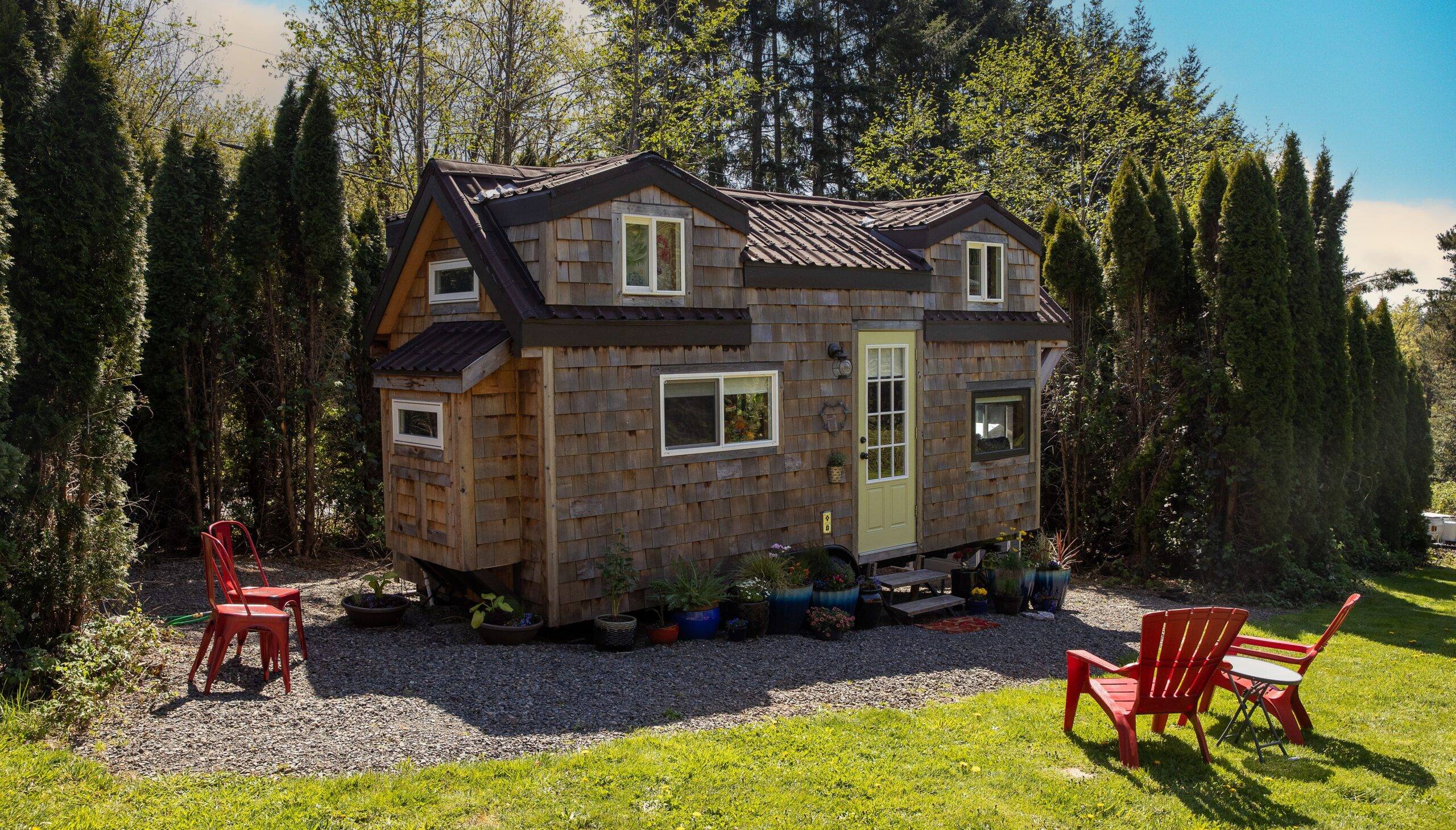
Building a tiny home is an exciting journey that offers the opportunity to embrace a simpler, more sustainable, and, well, smaller lifestyle. However, it’s not something to be rushed into, it needs careful planning and consideration to avoid some easily-made mistakes. By understanding and avoiding the issues listed here, you can create a tiny home that meets your needs, stands the test of time, and feels like a true home.
You're reading Mistakes Everyone Makes When Planning A Tiny Home & How To Avoid Them, originally posted on Decoist. If you enjoyed this post, be sure to follow Decoist on Twitter, Facebook and Pinterest.
Posted By : Daniel Mitchell
0 comments